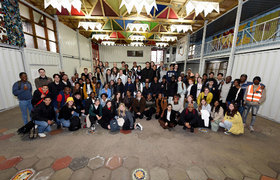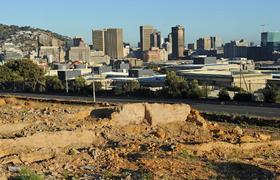KwaLanga Pass Office: from apartheid holding cell and court to heritage site museum
17 April 2023 | Story Kamva Somdyala. Photos Lerato Maduna. Read time 4 min.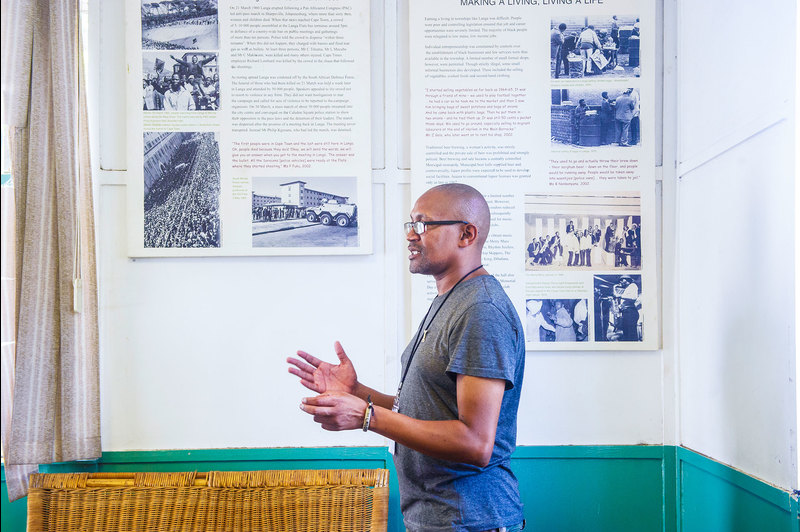
The Western Cape’s oldest township, KwaLanga, celebrates its centenary in 2023 – and as insight from Thami Sijila, the curator at Langa Heritage Museum (previously the Langa Pass Office) shows, there is rich history to be found.
The office, which is now part of the Langa Heritage Museum, was declared a provincial heritage site in 2021. It was the site of many of apartheid’s resistance struggles and the holding cell and court for awaiting defendants.
Named after amaHlubi chief Mthethwa Langalibalele, the township is also home to some of the country’s most eminent people, including artists Dr Latozi Madosini, Brenda Fassie and Ringo Madlingozi; medical practitioner Hamilton Nake and South African cricket player Temba Bavuma.
Sijila has been at the helm of the museum since 2014 because of his desire to showcase untold stories of KwaLanga people, particularly how struggle icons like Philip Kgosana led a massive march in 1960 against the government of the time, and the pass laws in place.
Kgosana, a Pan Africanist Congress (PAC) stalwart, earned a bursary to study commerce at UCT after completing high school in 1958. His time at the university did not last long as in 1960, he left his studies to focus on political work.
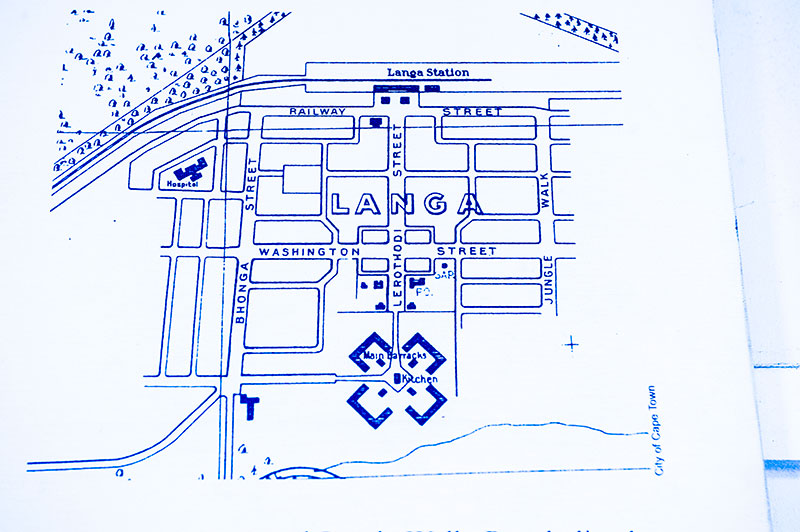
The pass laws restricted the movement of black African people during apartheid. Much of that history, and especially in Cape Town townships, can be found at the museum.
“I took a decision to open up the museum to people; I organised tour guides and looked to collaborate with stakeholders, including from the University of Cape Town (UCT) and other institutions I could find,” Sijila said.
“The local people need to know that this is a place that houses their history, and they should use opportunities to come and reflect on where we’ve come from.”
On lessons imparted on people who walk through the museum, Sijila explained that they take them through the whole process of walking from the police station, into the holding cell and into the court. All these rooms are plastered with various timelines marking significant events that have shaped KwaLanga.
Old court documents and people’s passes can also be found there.
“When I initiated the process of making this space the hub of history it is now, this area was a white elephant. There’s a misconception that people have that this area is mainly for tourists. Nothing could be further from the truth.
“The local people need to know that this is a place that houses their history, and they should use opportunities to come and reflect on where we’ve come from, where we are at right now and where we are going,” he implored.
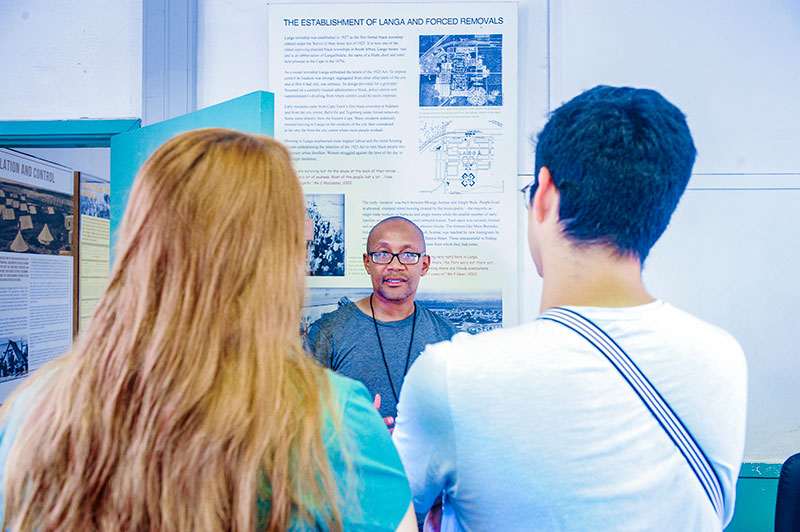
Cultural Affairs and Sport MEC in the Western Cape, Anroux Marais, said at the occasion of declaring the building a heritage site: “The history of the site holds importance in the community, in the pattern of South Africa’s history, and has strong and special association with the life or work of a person, group or organisation of importance. The Langa Pass Office is also significant in its association and role with the dompas system in the history of South Africa.”
School tours, arts, cultural and educational programmes are hosted at the establishment. One thing Sijila said will go a long way in further preserving and sharing the history of the township is a stronger working relationship with officials from the City of Cape Town.
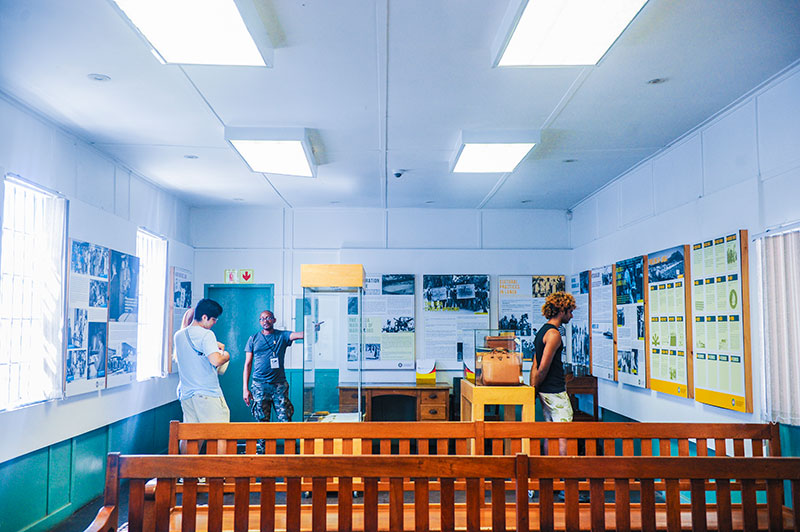
Notable timeline for Cape Town and KwaLanga
- 1923–1927: Native Urban Areas Act No 21 of 1923 introduced for influx control
- 1923–1927: The planning, creation, and development of KwaLanga. Ndabeni residents are forcibly moved to KwaLanga.
- 1930s: The Langa Vigilance Committee is formed.
- 1938: The increase in the population in KwaLanga sees the development of cultural life, traditional celebrations, clubs, societies and sport.
- 1943 and 1944: 7 436 people were living in KwaLanga.
- 1950s –1986: Protests, meetings and demonstrations were held in KwaLanga and across the country as part of the anti-pass campaigns of the 1950s. The Pass Law system was formally repealed in 1986.
 This work is licensed under a Creative Commons Attribution-NoDerivatives 4.0 International License.
This work is licensed under a Creative Commons Attribution-NoDerivatives 4.0 International License.
Please view the republishing articles page for more information.







